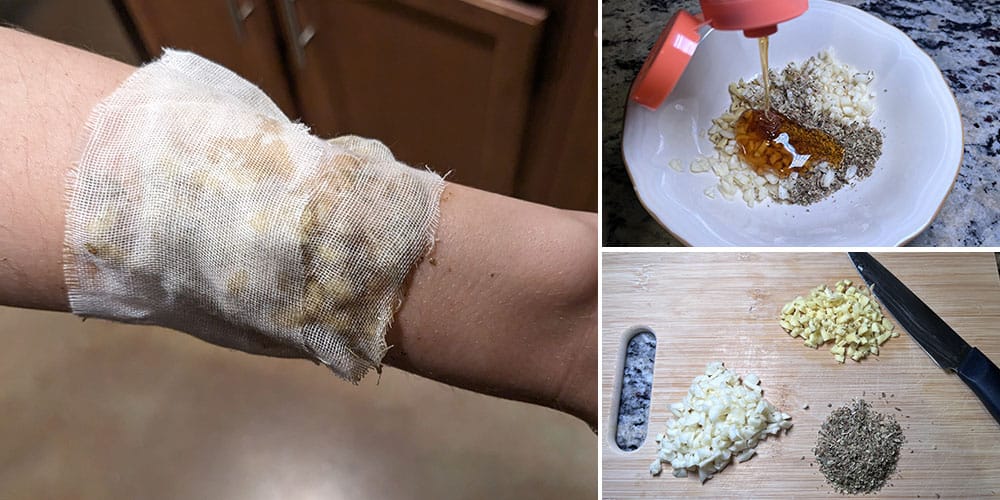
The Ancient Antiseptic
Since ancient times and until recent history, civilizations relied on nature for healing, using various herbs and natural substances as remedies for a wide range of ailments, including wound care. These ancient antiseptic herbs broke the barrier of time, proving useful for you centuries later.
This post will cover some of these powerful antiseptic herbs and how they can be combined to create a wound-healing poultice that can be easily used at home.
4 Ancient Antiseptics You Should Start Using
These herbs contain substances that modern scientists have been able to identify as having antibacterial, antiviral, and antifungal properties, confirming the ancient people’s innate wisdom.
Oregano
Oregano (Origanum vulgare) is so much more than a staple of Mediterranean cuisine. The ancient Greeks and Romans valued oregano and considered it an herb of blessings and good luck. More practically, they used it for its antiseptic properties, incorporating it in remedies to treat bacterial infections and skin sores.
The Greek physician Hippocrates valued oregano as a potent treatment for respiratory ailments and gastrointestinal distress. Some healers even mixed oregano tea with wine to treat venomous snake bites.
Oregano contains potent compounds such as carvacrol and thymol, which have been shown to have strong antibacterial and antifungal effects, making it a powerful ancient antiseptic.
Garlic
Garlic (Allium sativum) has been used as a medicinal plant for thousands of years all over the globe, with records spanning ancient Greece, Egypt, Rome, and China. Garlic had many uses throughout the world, including as a treatment for respiratory diseases, diarrhea, and parasite infestation. There is even some evidence that garlic was used to treat depression and mental illness.
Most commonly, however, garlic was used to treat viral and bacterial infections, including wounds and cuts on the skin. It is also one of the best herbs for fungal infections.
I got rid of fungal infections for good by preparing garlic as learned from The Holistic Guide to Wellness.
When garlic is crushed or minced, it releases a compound called allicin, which has been shown to have broad-spectrum antimicrobial activities, making it a great ingredient for antiseptic remedies.
Ginger
Ginger (Zingiber officinale) has been used for centuries in ancient India and China. It is primarily known for its digestive benefits, but in ancient times, it was used for a wider range of purposes.
In ancient India, ginger was known as the “Great Cure” and was used to treat many common conditions, including colds, nausea, migraines, high blood pressure, and joint pain. Healers recognized that it has antiseptic properties too, as ginger was applied to wounds to clean them, reduce inflammation, and prevent infection.
Ginger contains the bioactive compound known as gingerol, which gives ginger its ability to slow down the growth of bacteria and reduce inflammation. Gingerol also protects the skin from free radicals, making it a great option for healing wounds.
Raw Honey
Honey is one of the oldest substances that has been used for medicinal and spiritual purposes by ancient civilizations. There is evidence of honey being used by healers in Stone Age paintings dating back 8,000 years.
In ancient Egypt, raw honey was used for everything from wound care to embalming the dead, and even as an offering to the gods.
Raw honey contains antioxidants, enzymes, and other compounds that give it antibacterial properties against gram-positive and gram-negative bacteria, including antibiotic-resistant strains. Honey also helps heal wounds by drawing out fluid and providing a protective layer to the skin that speeds up the recovery process.
DIY Ancient Antiseptic Poultice Recipe
This poultice combines the antiseptic powers of oregano, garlic, ginger, and raw honey, creating a potent treatment for minor cuts, scrapes, bug bites, and skin infections.
You will need:
- 1 tbsp of dried oregano
- 3 cloves of garlic, minced
- 1 tbsp of grated ginger
- 3 tbsp of raw honey
- mortar and pestle, or knife
- small bowl
- gauze cloth
Instructions:
- Chop the ingredients finely. If you have a mortar and pestle, you can use it to mix and grind the ingredients together for a few minutes first.

- Place the oregano, garlic, and ginger in a small bowl and mix together.
- Add the raw honey to the mixture and stir until it forms a thick paste. You may need to adjust the amount of honey if the mixture is too dry.

- Allow the mixture to rest at room temperature for 30 minutes.
 The poultice can now be applied to the affected area in a thin layer. If applying directly to a wound, make sure to clean it first. It helps to place a bandage or clean cloth over the poultice to keep it in place.
The poultice can now be applied to the affected area in a thin layer. If applying directly to a wound, make sure to clean it first. It helps to place a bandage or clean cloth over the poultice to keep it in place.
How to Use This Antiseptic Poultice
You can keep the poultice on the affected area for up to 4 hours before gently washing it off. You can reapply it up to three times a day. Store any leftover poultice in a sealed container in the refrigerator for up to a week. Before applying it to your skin, allow the mixture to get to room temperature.
Integrating these timeless remedies into our modern lives may provide gentle, yet effective alternatives for addressing minor wounds and infections. I never leave the house without my All-Purpose Salve, which I use for everything from cuts and stings, to eczema and rashes.

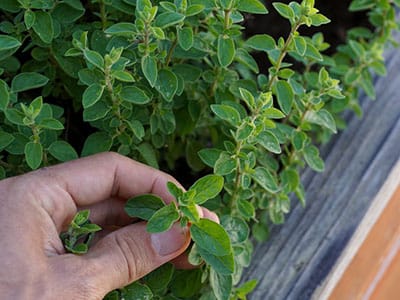
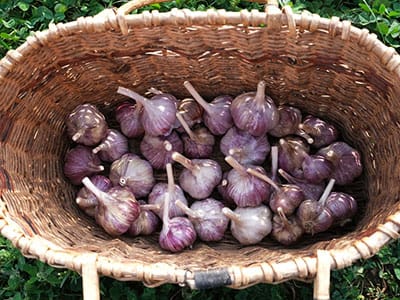
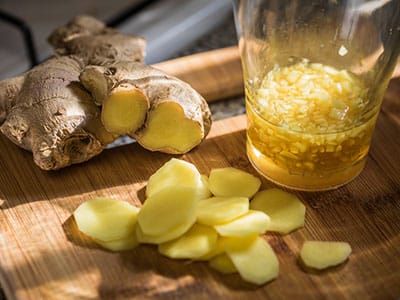
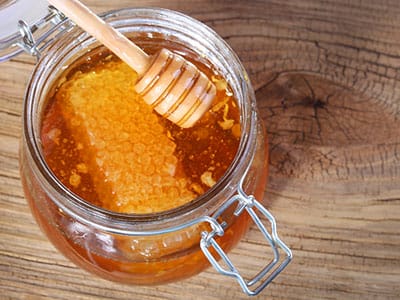
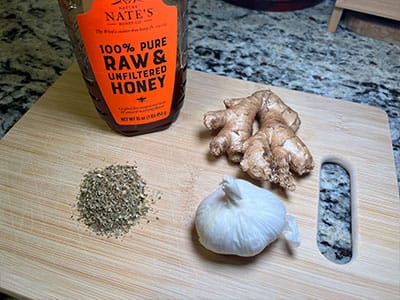
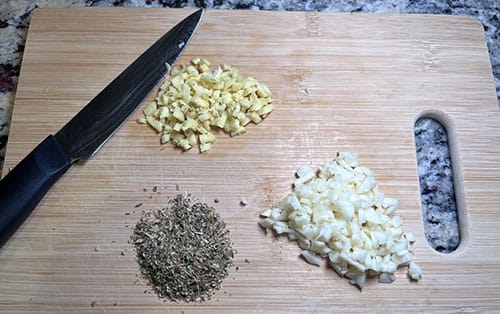
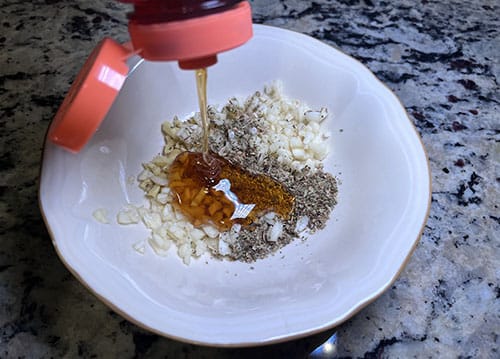
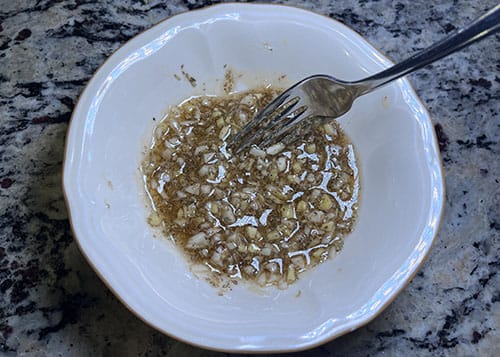 The poultice can now be applied to the affected area in a thin layer. If applying directly to a wound, make sure to clean it first. It helps to place a bandage or clean cloth over the poultice to keep it in place.
The poultice can now be applied to the affected area in a thin layer. If applying directly to a wound, make sure to clean it first. It helps to place a bandage or clean cloth over the poultice to keep it in place.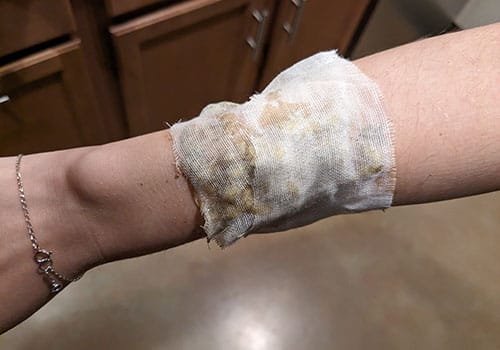
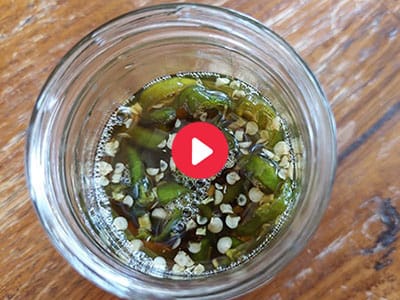
I’ve tried a ginger on skin recipe before (different mixture) and it burned my skin, I left it for a few minutes, and I couldn’t stand the burning, so I had to take it off. Garlic is also very strong, I haven’t tried it on top of skin tho.
Has anyone tried this recipe yet? Anyone have the burning sensation from these ingredients?
Hi Lena,
Thank you for your comment!
Instead, you can try diluting this mix in a carrier oil such as olive oil or coconut oil; you can even make an infused oil recipe instead, or lower the amount of garlic and ginger used. But if it doesn’t work well for your skin, discontinue use.
Many blessings and good health!
you could be allergic check with your Doctor before applying or ingesting ginger.